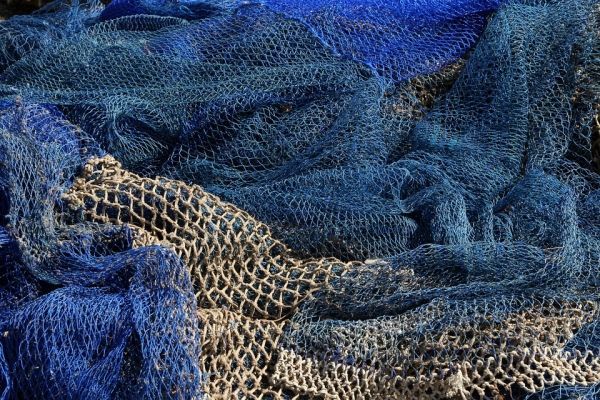Synthesizing new data and assessment methods is showing how freshwater fish is an invisible superhero in the global challenge to feed poor rural populations in many areas of the world.
But there’s a problem: Invisibility is the wrong superpower.
Researchers from Michigan State University (MSU) and the Food and Agriculture Organization (FAO) of the United Nations have pulled together the most recent data and innovative approaches to measuring and communicating the impact inland fisheries have on food security, sustainability and economies. Fish harvests from the world’s rivers, streams, floodplains, wetlands, lakes, inland seas, canals, reservoirs and even rice fields can seem like forgotten, poor relatives of the better documented global fisheries in the oceans.
Yet in “A fresh look at inland fisheries and their role in food security and livelihoods” in the latest edition of Fish and Fisheries, scientists Abigail Bennett and Simon Funge-Smith (FAO), both members of MSU’s Center for Systems Integration and Sustainability, point out the power the world’s freshwater fisheries hold. Collating new assessments – for example modeling fish catch from household food consumption data, basin-level estimates and extrapolation from data-rich case studies – all reinforce the conclusion that inland fisheries catch is greater than current estimates, perhaps between 21 to 51%.
Read more at Michigan State University
Photo Credit: kkortmulder via Pixabay


